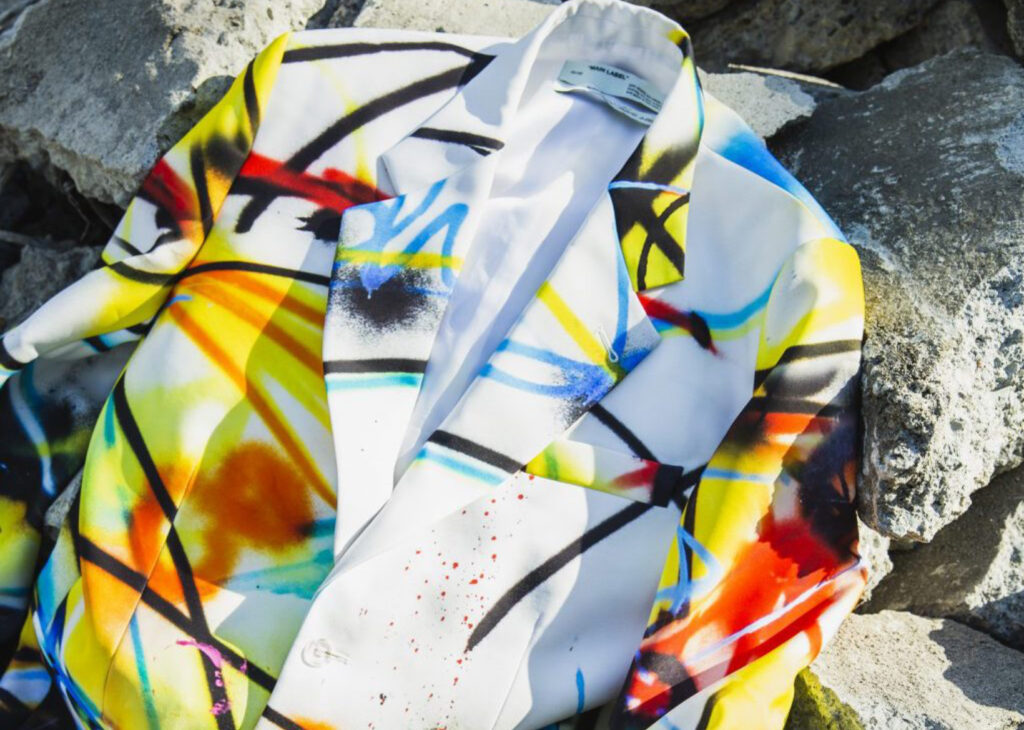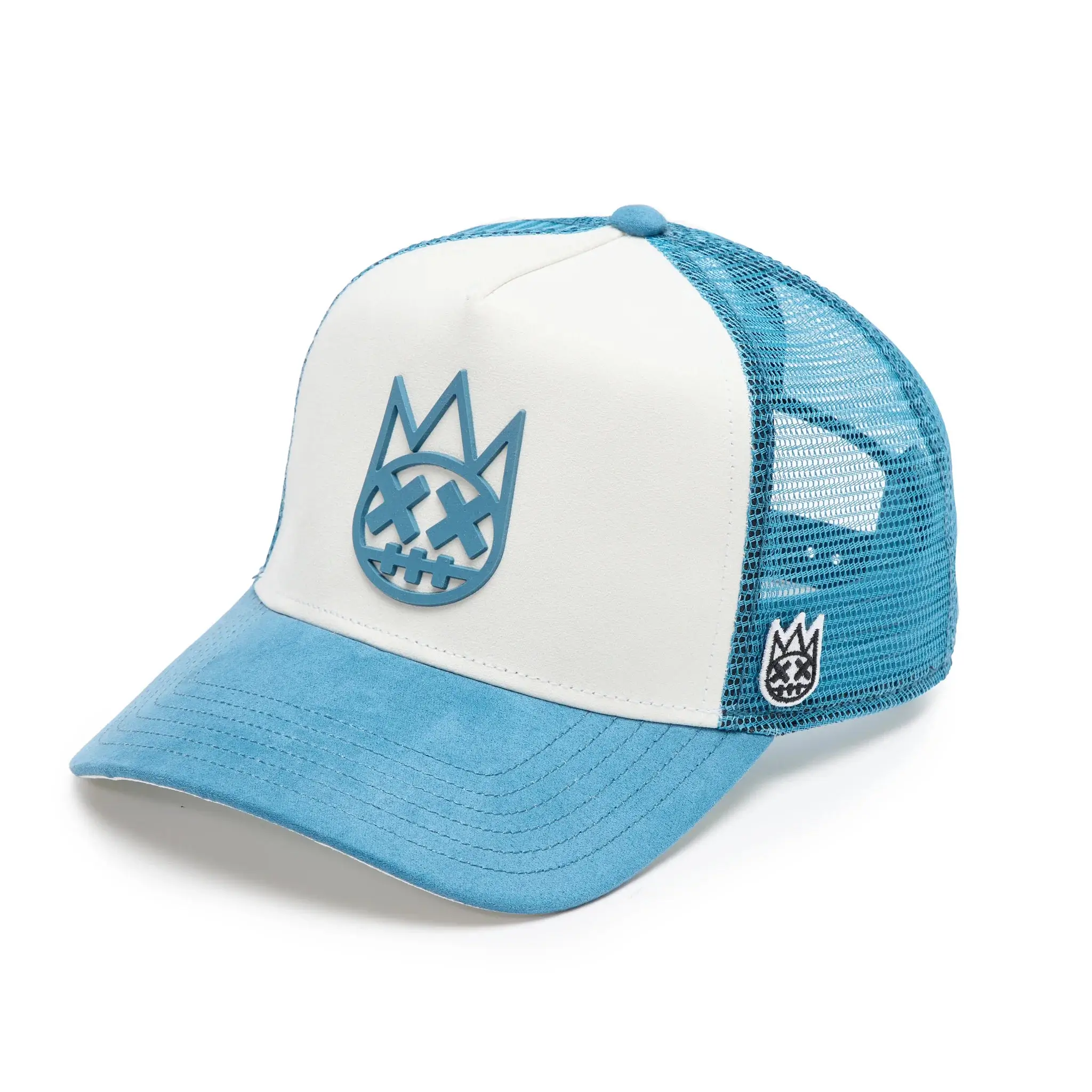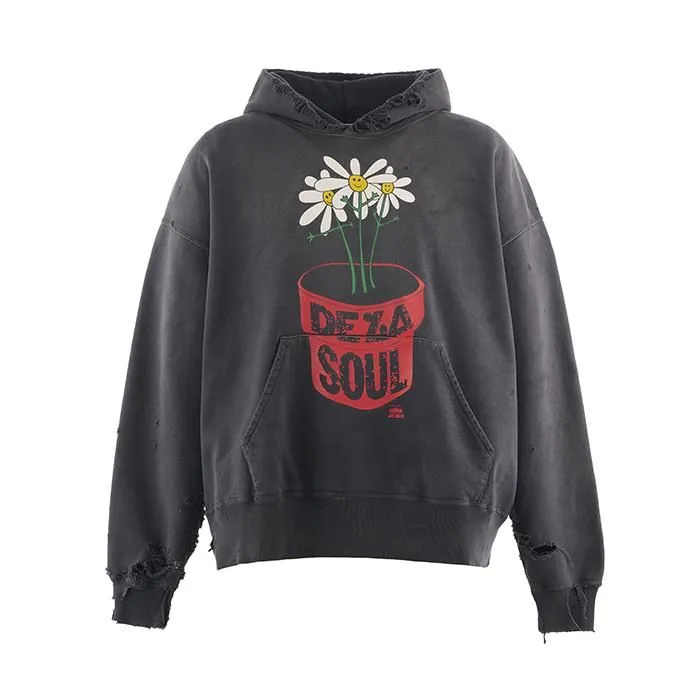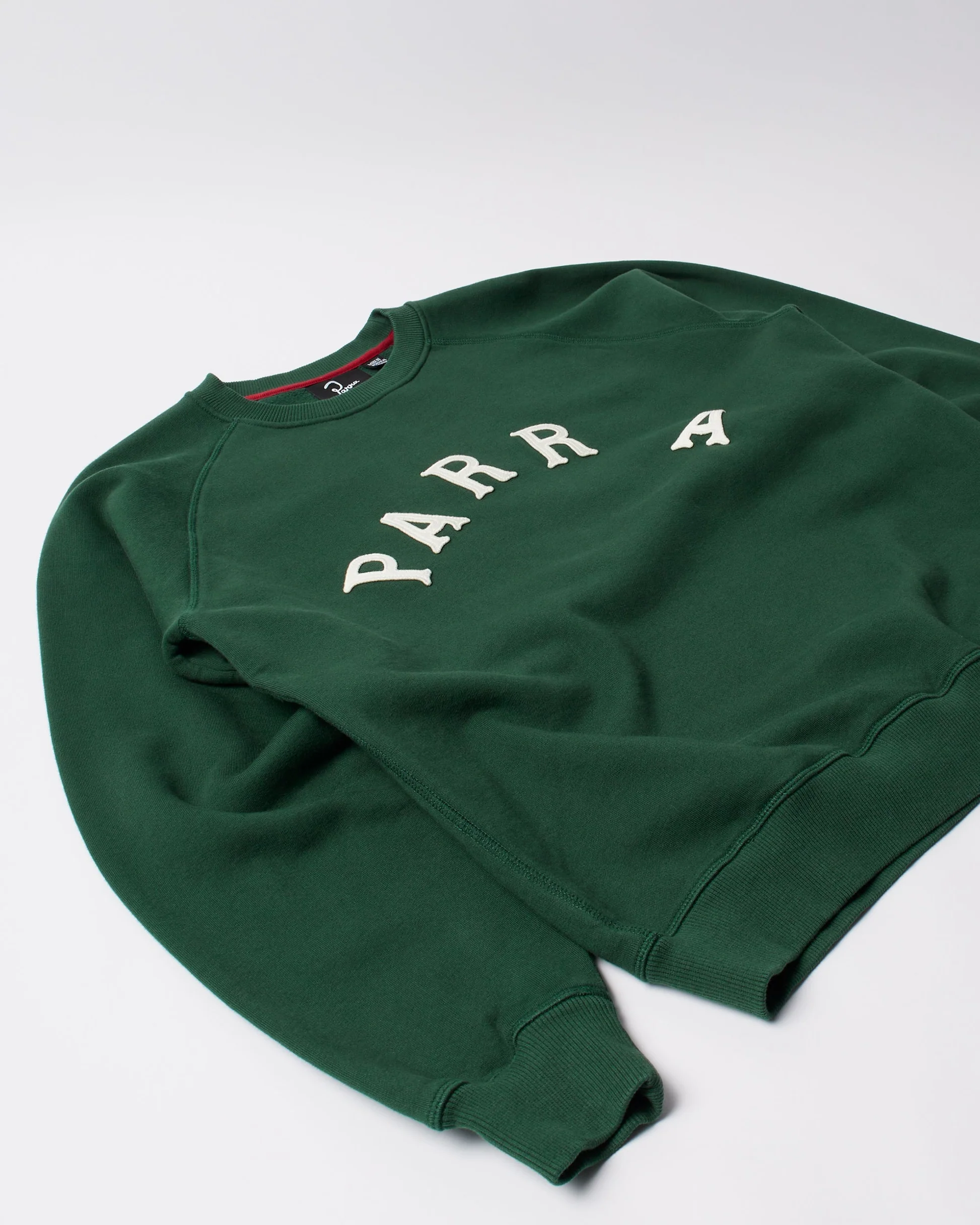The rocks beneath it are worn and craggy, shaped by time and weather into fractured monuments of stillness. Laid gently over this terrain is a blazer—no ordinary garment, but a rebellion in fiber, a manifesto in cloth. The OFF-WHITE c/o VIRGIL ABLOH™ FUTURA Spray Over Blazer doesn’t sit; it vibrates. Against the pale granite, its wild arcs of yellow, red, blue, and black appear as defiant brushstrokes—a graffiti-stained flag thrust into the ground of fashion’s ongoing revolution.
This piece isn’t just a blazer. It is the product of a collision—between legacy and experiment, between structure and chaos, between the institutional and the insurgent. It is the bore of Virgil Abloh and Futura, two visionaries who redefined the spaces they inherited, refusing to color within the lines and, more often, redrawing the lines themselves.
Breaking Constructs, Building New Grounds
In the realm of contemporary fashion, few figures have wielded influence with the precision and daring of Virgil Abloh. As founder of OFF-WHITE™ and artistic director at Louis Vuitton, he moved with a rare duality—equal parts provocateur and scholar. The Spray Over Blazer exemplifies this tension.
At a glance, the blazer’s silhouette is classic. Sharp lapels, a clean front, tailored to sculpt the torso. But this is a false calm. Upon its canvas—because that’s what this textile has become—Futura’s unmistakable graffiti ignites like an urban sunrise. His lines, once sprayed onto New York City subway cars, now explode across designer fabric, bringing the movement and muscle of street art to the world of high fashion.
This isn’t about juxtaposition. It’s synthesis. The traditional and the transgressive exist not in opposition, but in echo.
Why Virgil, Why Now
Abloh’s genius was never in simply designing clothes. It was in designing context. Each garment was a thesis—investigative, referential, fearless. With the FUTURA Spray Over Blazer, he places one of street art’s original legends—Leonard Hilton McGurr, known as Futura—at the center of a new conversation. This is not “merch.” This is memory, motion, and message, stitched and sprayed.
In recent seasons, Virgil had turned increasingly introspective. Where once he quoted Helvetica and Duchamp, now he turned to environmental critique, legacy building, and artistic inheritance. This collection, titled “PLASTIC,” doesn’t simply refer to material—it critiques it. It reflects on what was once hailed as revolutionary but now exists as pollutant. Virgil used fashion’s most pristine structure—the blazer—to comment on pollution, excess, and human recklessness. The irony is deliberate.
Plastic, as he saw it, was a metaphor for humanity’s failure of stewardship. Born from innovation, now symbolic of decay. The blazer, thus, becomes not just wearable—but witness.
The Language of Graffiti, the Grammar of Garment
Futura’s role is not ornamental. His work has always been more than mere design—it’s rhythm. His brushstrokes echo soundwaves; his tags evoke motion. By bringing Futura’s art to tailored wear, Abloh pulls the street into structure. The “Spray Over” blazer doesn’t ask graffiti to conform—it asks the blazer to submit.
Each swoop of color appears spontaneous, but lives within precision. The colorways—bright yellows, aggressive reds, deep blacks—are chosen not just for impact but for history. These are the hues of subways, alleyways, midnight walls. They’re colors once criminalized, now commercialized, and here, finally, canonized.
Beyond Union, thereby Toward Communion..
Fashion loves the word “collaboration.” But what Abloh and Futura accomplished transcends trend or marketing. This is communion. A meeting not of brands but of beliefs. It’s a handshake across generations of rebellion, across mediums of message.
Futura’s early days saw him chased and criticized. Abloh, too, faced skepticism for his unorthodox rise. Yet both turned rejection into architecture. The Spray Over Blazer feels like a culmination—a celebration not just of their work but of every uninvited artist, every street-schooled designer, every voice told it didn’t belong.
This blazer doesn’t ask permission. It states its case in color.
Design as Dissent, Fabric as Futurism
To wear this blazer is not merely to “make a statement.” It is to inhabit one. It is an act of resistance. Not against beauty, but against uniformity. Against forgetting. Against the sanitization of struggle.
What does it mean to spray chaos over symmetry? To leave color where it “shouldn’t be”? Abloh answers by subverting the very medium through which order is maintained: the tailored jacket. A symbol of authority, discipline, tradition. And into it, he pours graffiti—a language born from protest, urgency, coded survival.
This garment is a sculpture, a memory, a war cry. It doesn’t flatter; it challenges. It wears you as much as you wear it.
Sustainability and the Plastic Parable
The collection’s title—“PLASTIC”—invites contradiction. Plastic is utility. Plastic is permanence. Plastic is disaster. And so the blazer becomes a stage for commentary.
Fashion, as an industry, has long grappled with its ecological impact. Abloh knew this. Rather than greenwash, he interrogated. The Spray Over Blazer is both product and critique. It uses the very idea of waste—excess color, surface disruption, graffiti itself—as metaphor.
Futura’s art has always leaned into the ephemeral. Spray paint fades. Walls get demolished. But when applied to a tailored blazer, it is immortalized. The transience becomes tangible. Graffiti becomes luxury. The streets, preserved in couture.
The Cut Beneath the Color
Let’s talk structure. Beyond the visual explosion, the blazer itself is meticulous. The fabric holds its form, but breathes. The lapels lie clean but not severe. The weight is balanced—neither too stiff to move nor too soft to sag. It’s designed for presence.
Inside, the lining is smooth, intentionally unadorned. Virgil often left tags exposed, seams visible, language literal. Here, too, you find that DNA—a label that reads like a statement: OFF-WHITE c/o VIRGIL ABLOH™, defining the gray area between black and white.
He meant that. Always. And nowhere does that philosophy feel more literal than on this blazer, where black graffiti sweeps across white wool, and in between lives a spectrum of color, emotion, intent.
The Art of Wearing It
This is not a garment for blending in. But neither is it about loudness. It’s about positioning. To wear the Spray Over Blazer is to occupy space deliberately. To acknowledge its history and then embody it. It’s museum-worthy, yes—but also street-ready. A contradiction? Exactly the point.
Pair it with tailored black pants, and it becomes a gallery piece. Wear it with distressed denim, and it returns to its roots. It shifts context based on the body that claims it—just like street art. Just like fashion should.
Legacy in Layers
Virgil Abloh passed before the world was ready to let go. But pieces like this blazer continue to speak in his absence. They remind us that fashion, when it is art, outlives its designer. It speaks beyond the runway. It becomes part of our cultural bloodstream.
Futura, too, lives on through this garment—not just as artist but as architect of memory. His lines, once painted in defiance, now move within the folds of fabric seen by eyes that might never step foot into a gallery or a subway tunnel. They are stitched into history now. And there, they breathe.
Impression
The OFF-WHITE™ FUTURA Spray Over Blazer is not just an item. It is ideology in textile form. It is the physical manifestation of two minds who refused to accept the world as it was handed to them. It’s the sound of spray cans in silence. It’s the stillness of a blazer beneath a riot of color. It’s past, present, and possible future folded into one piece of cloth.
To wear it is to bear witness. To speak without words. To remind the world that fashion is not just about how we look—but what we refuse to forget.
No comments yet.








